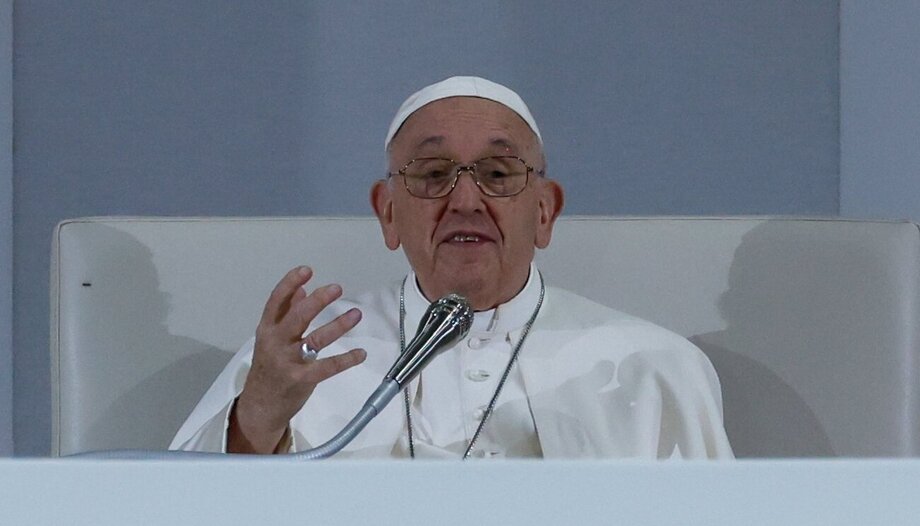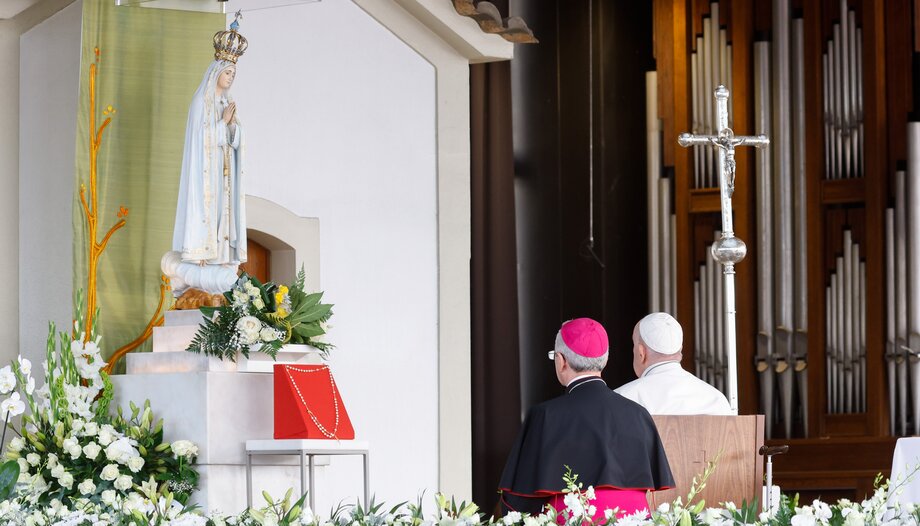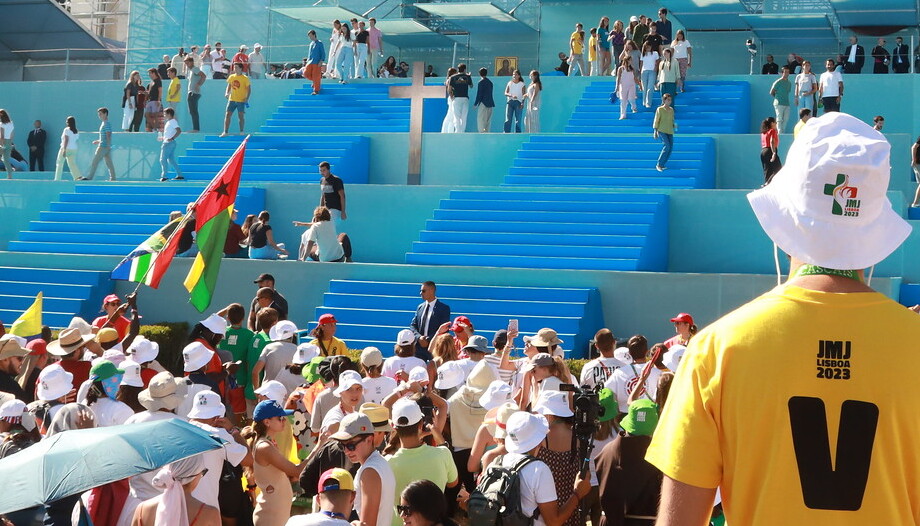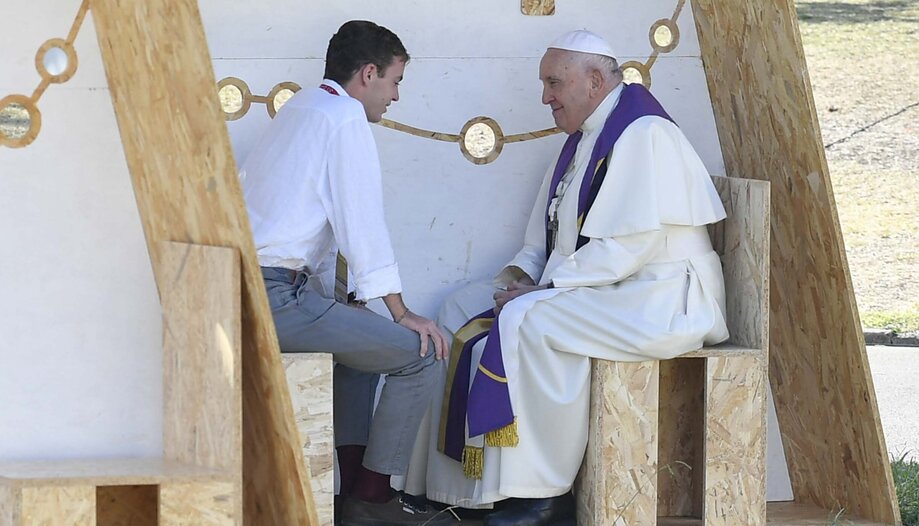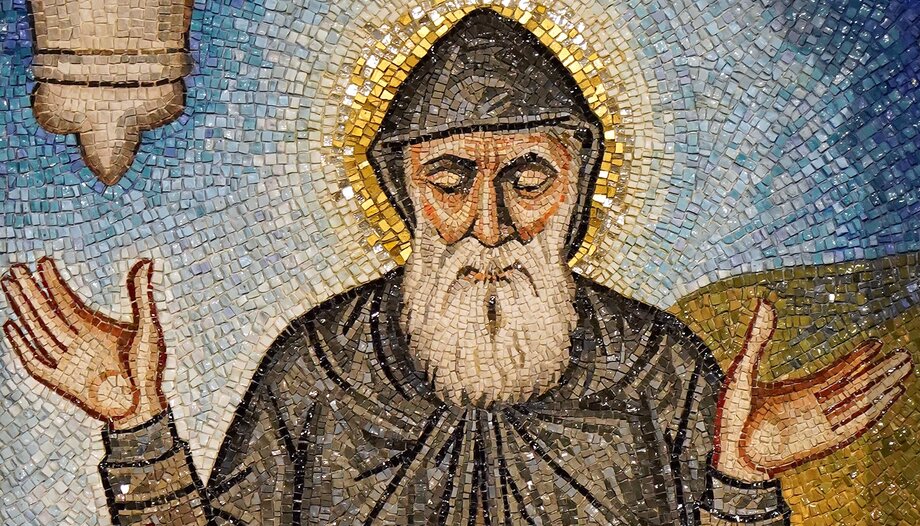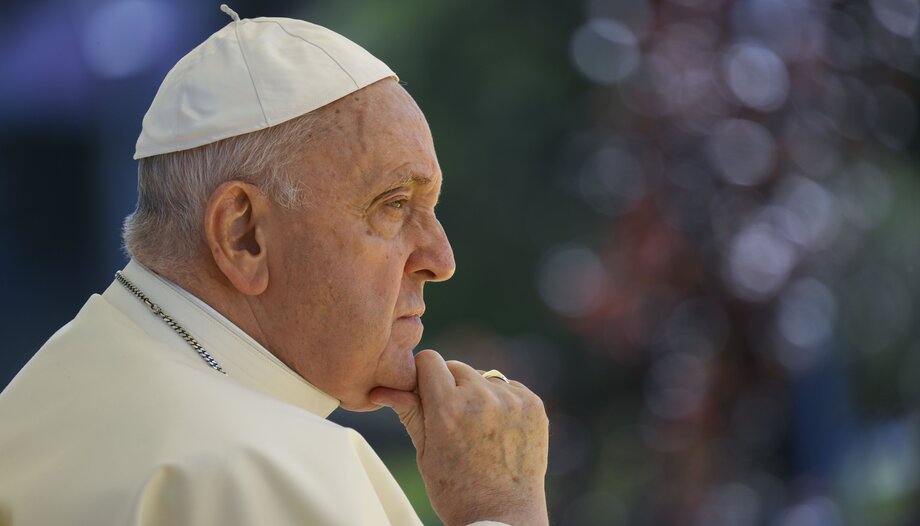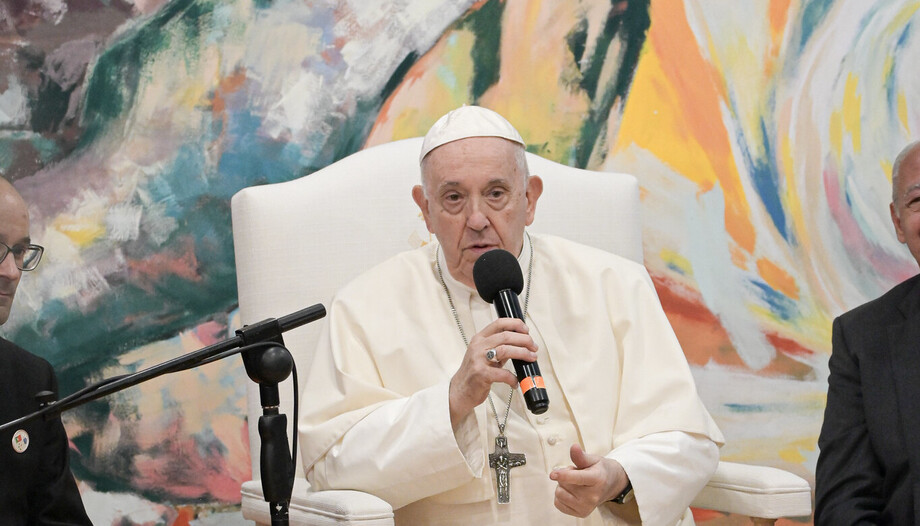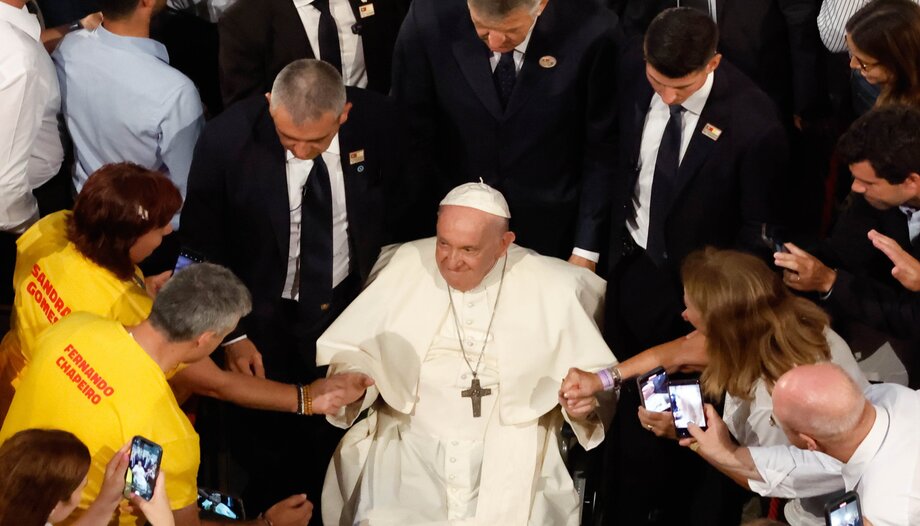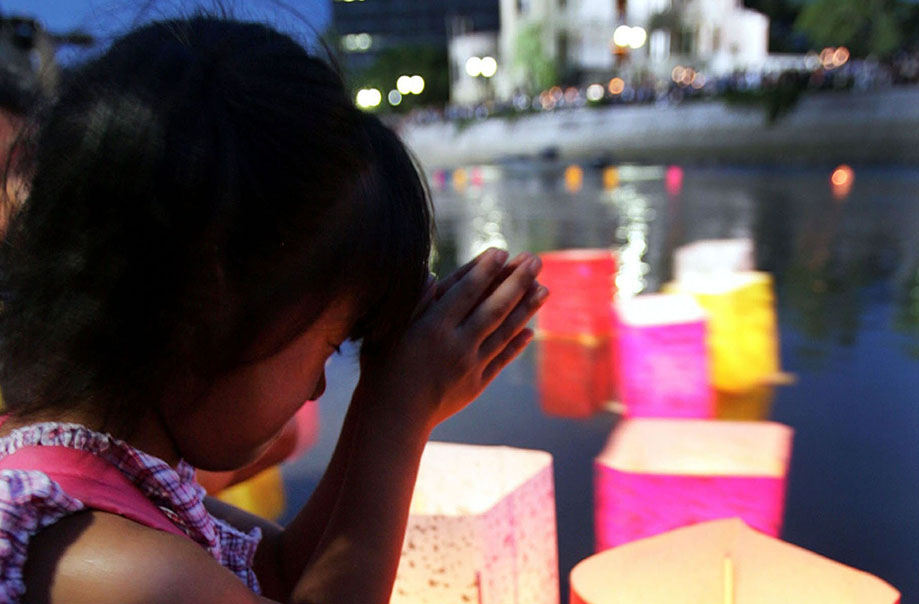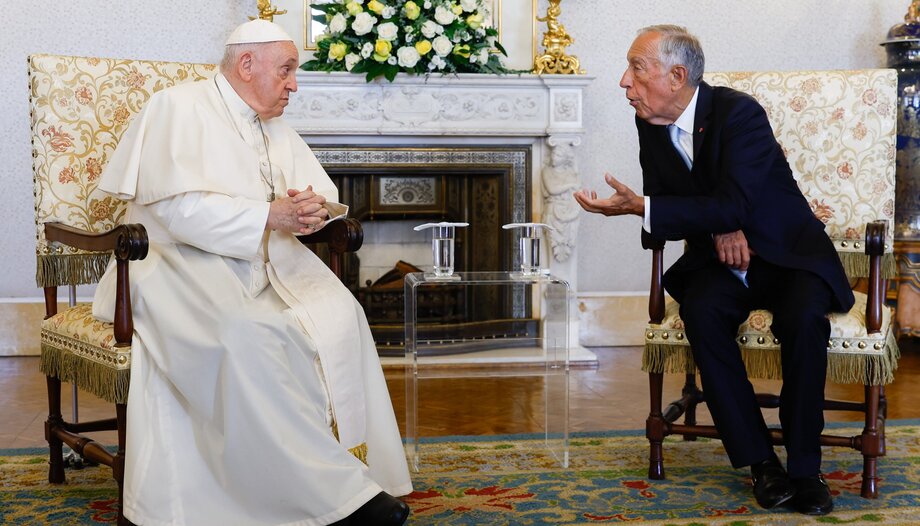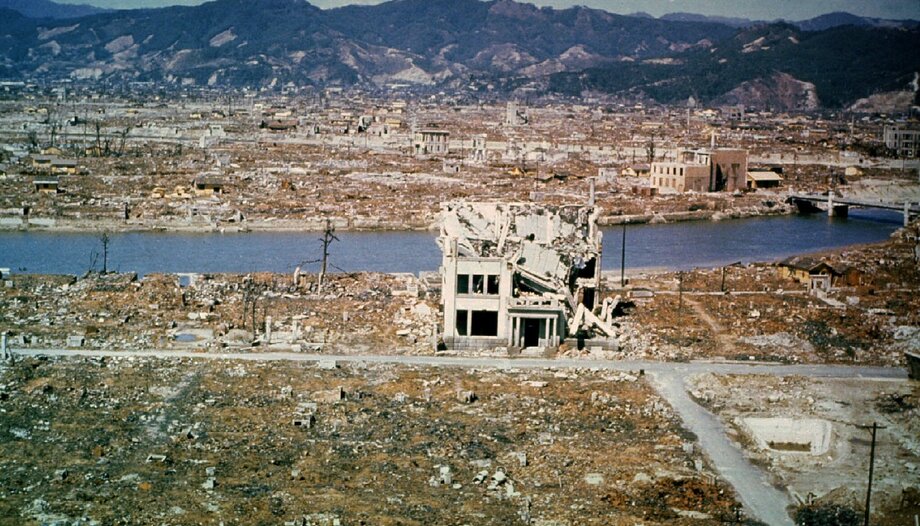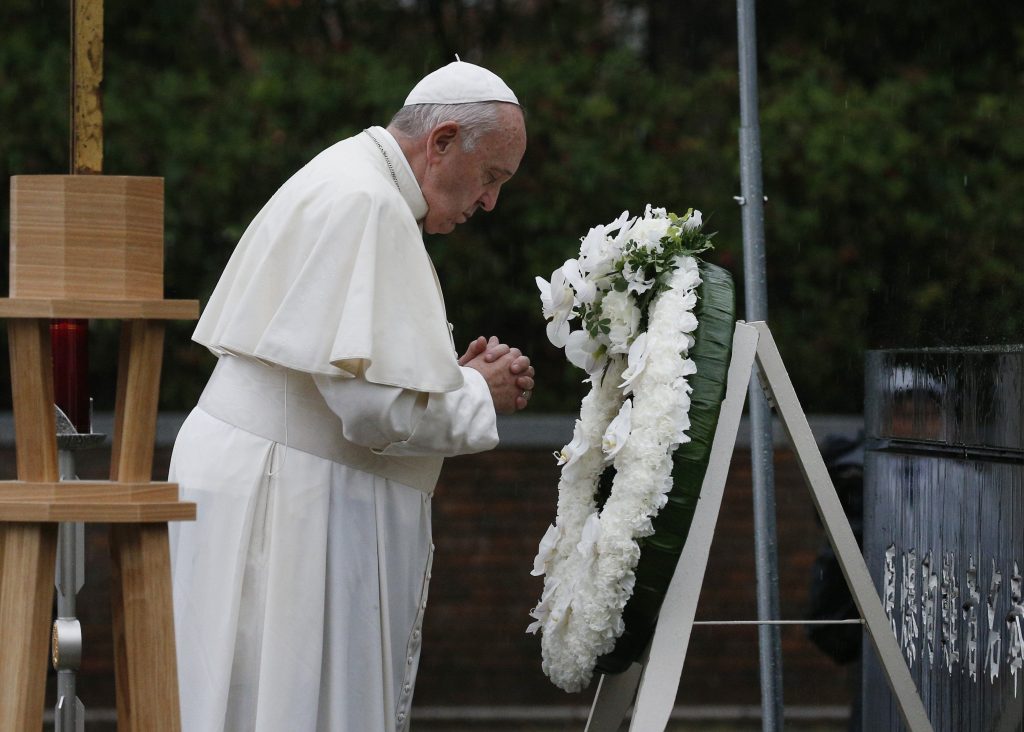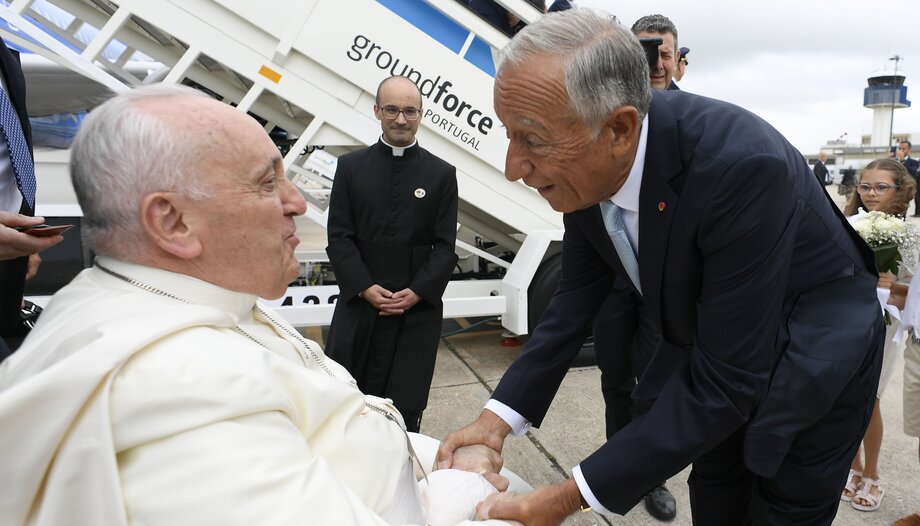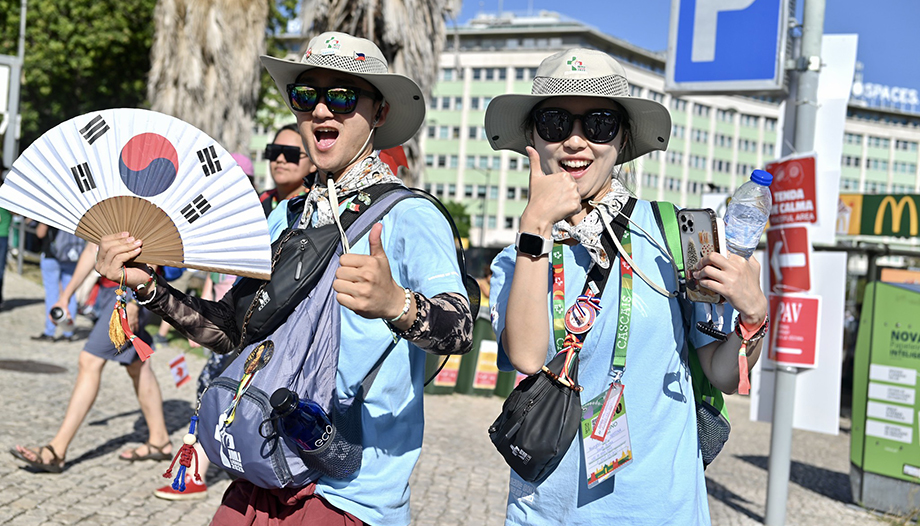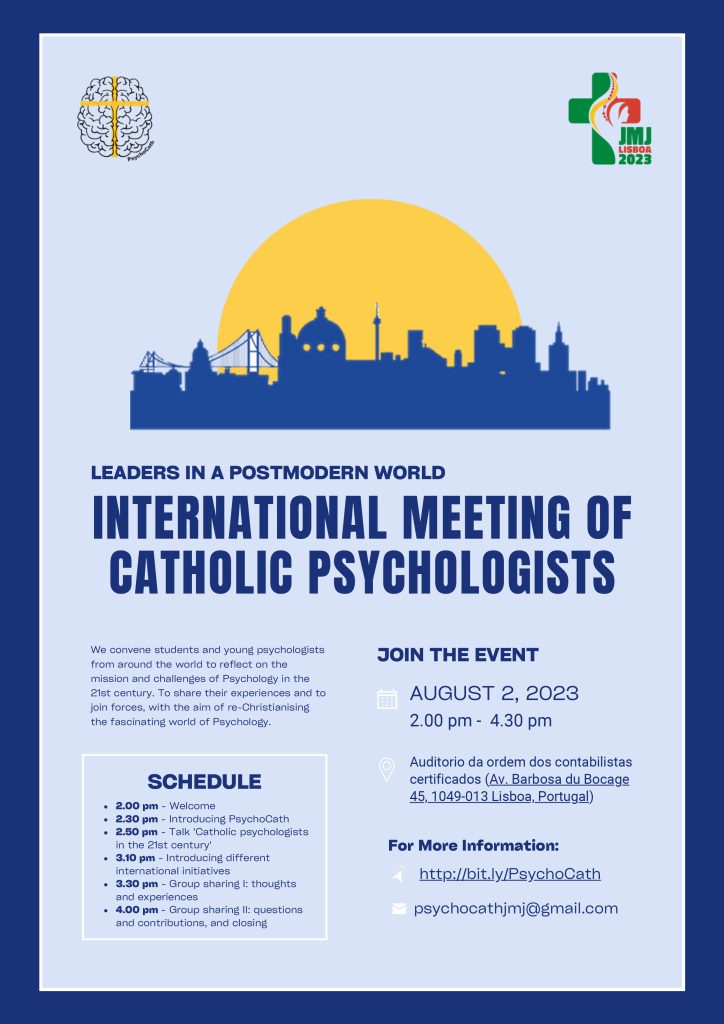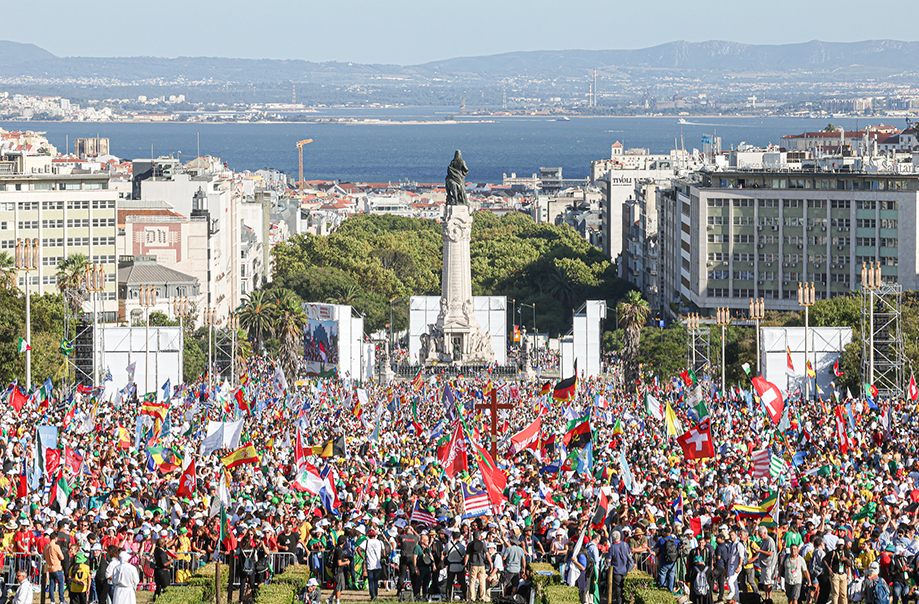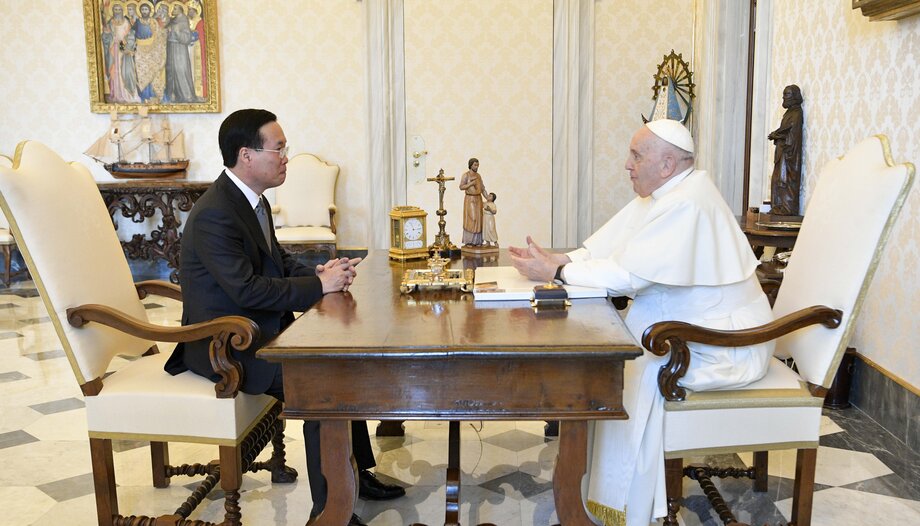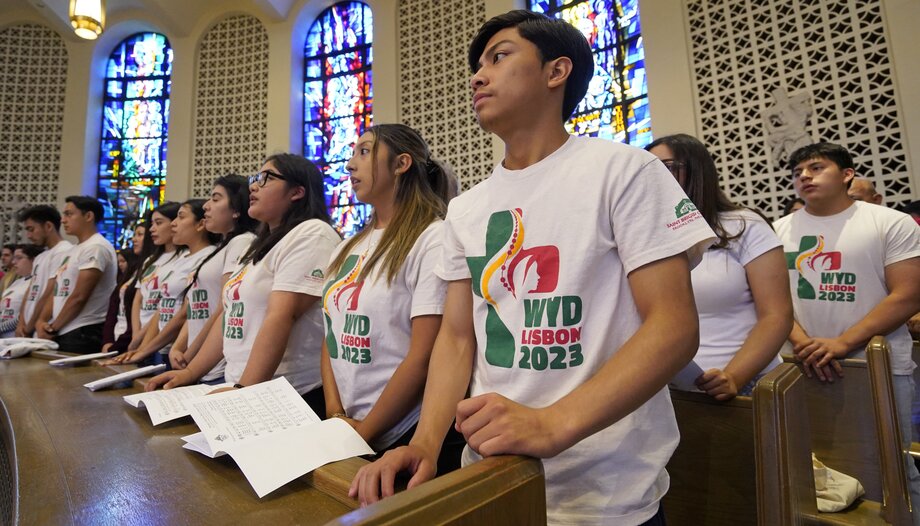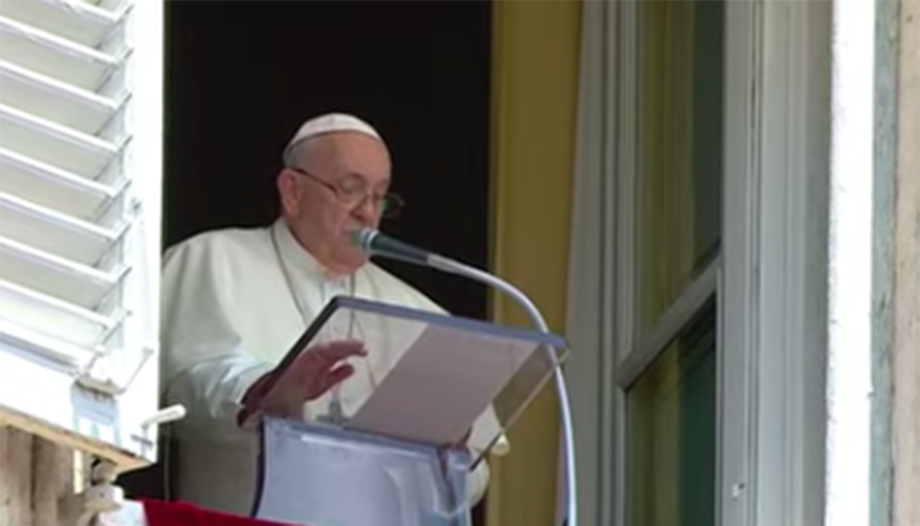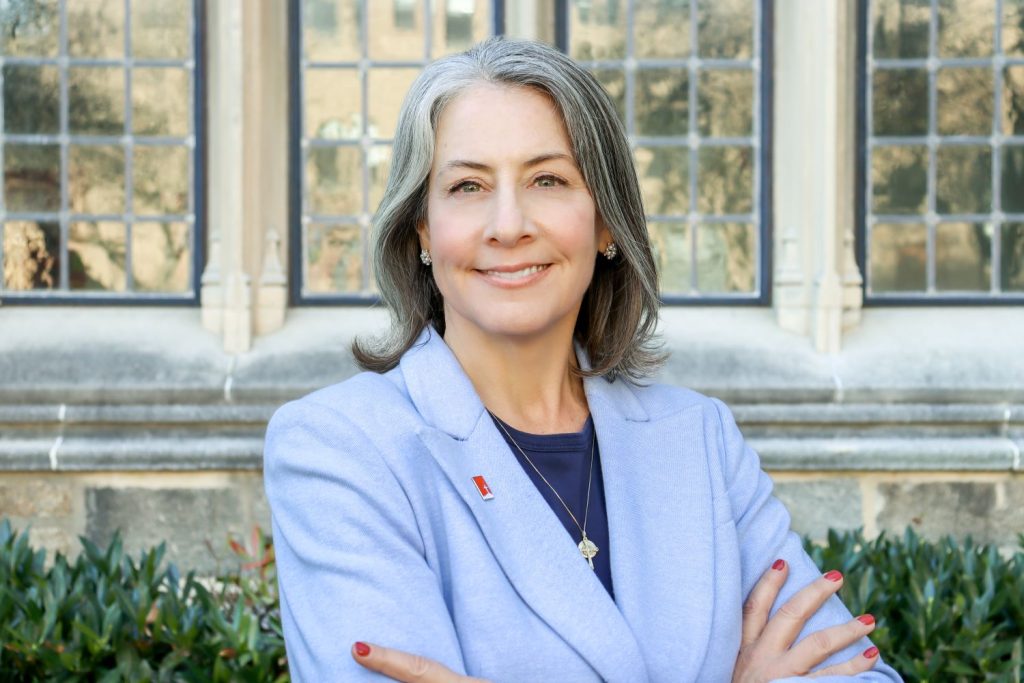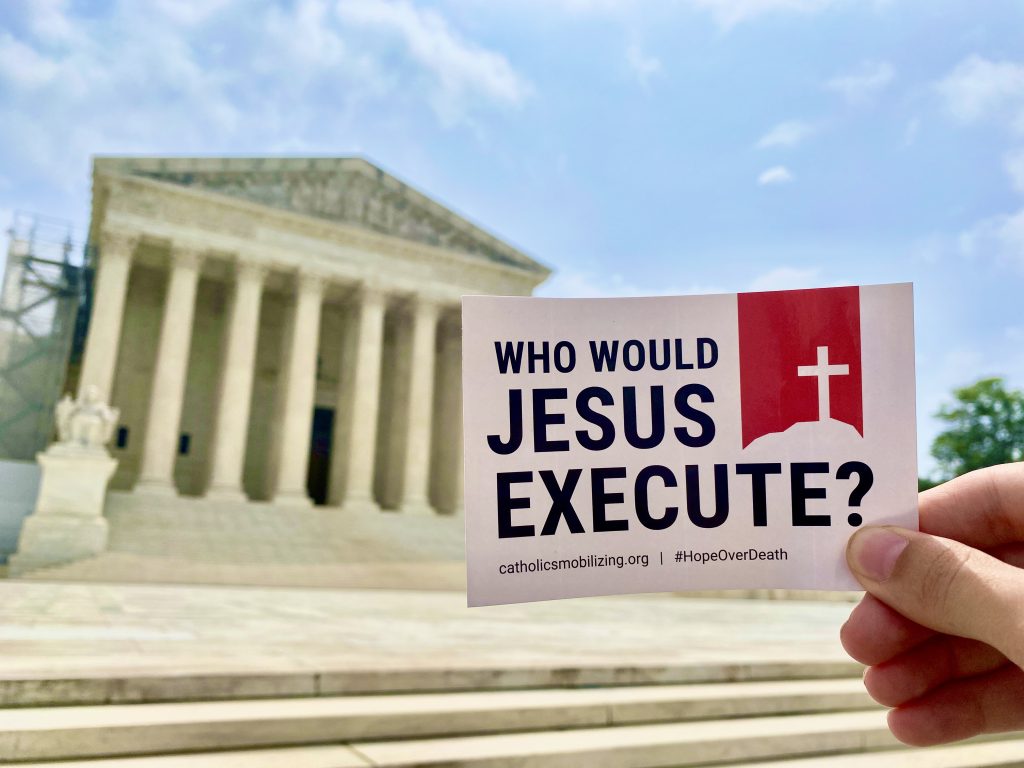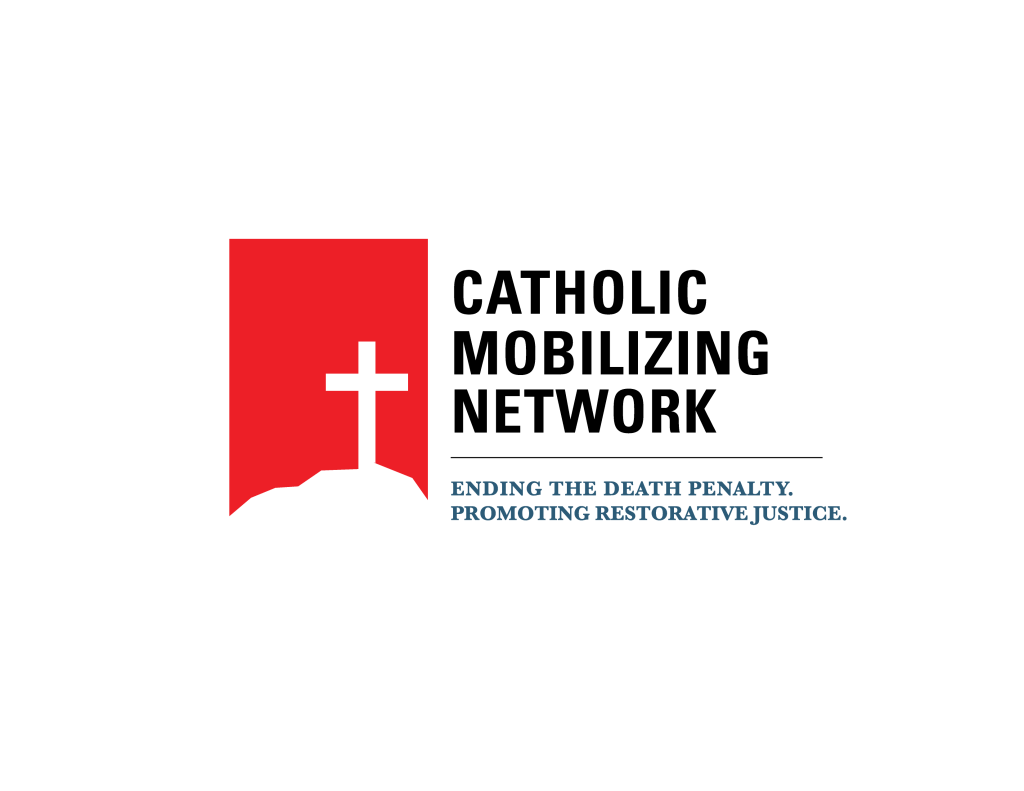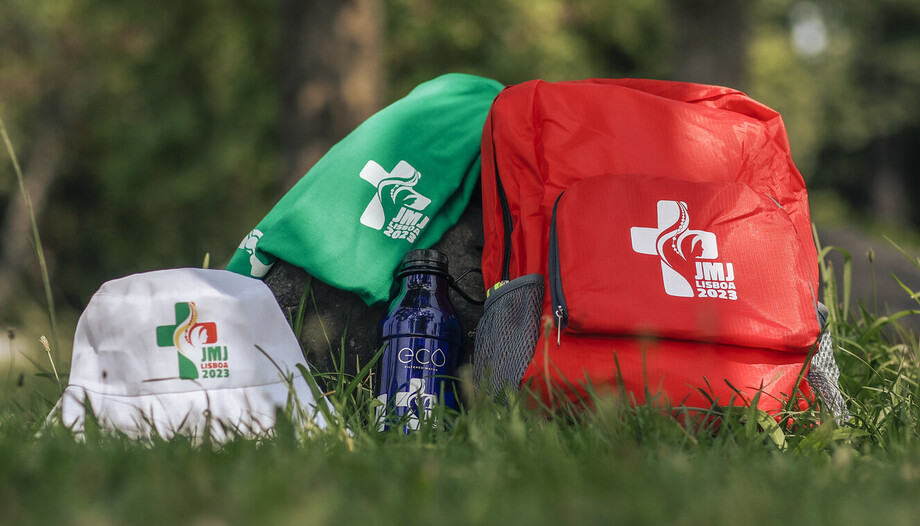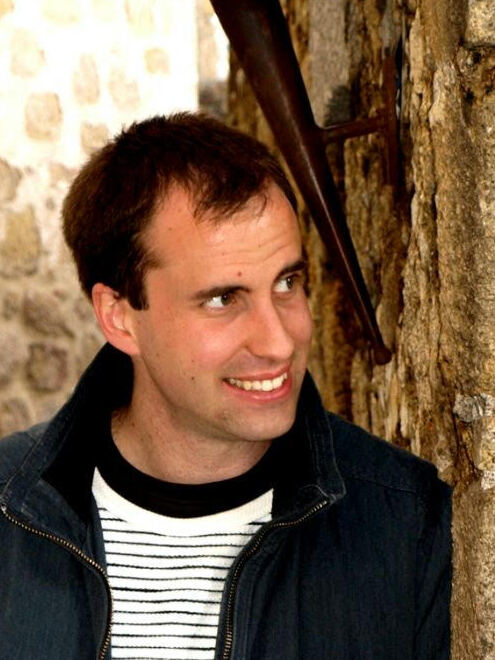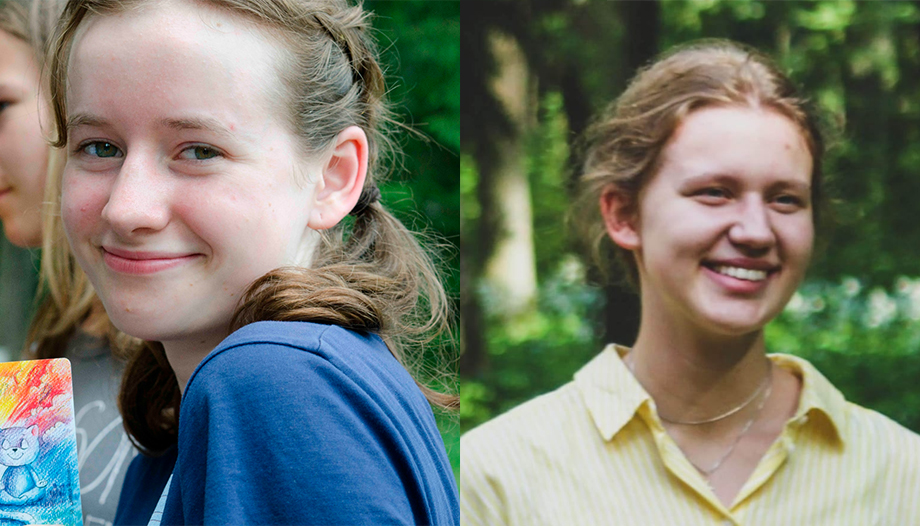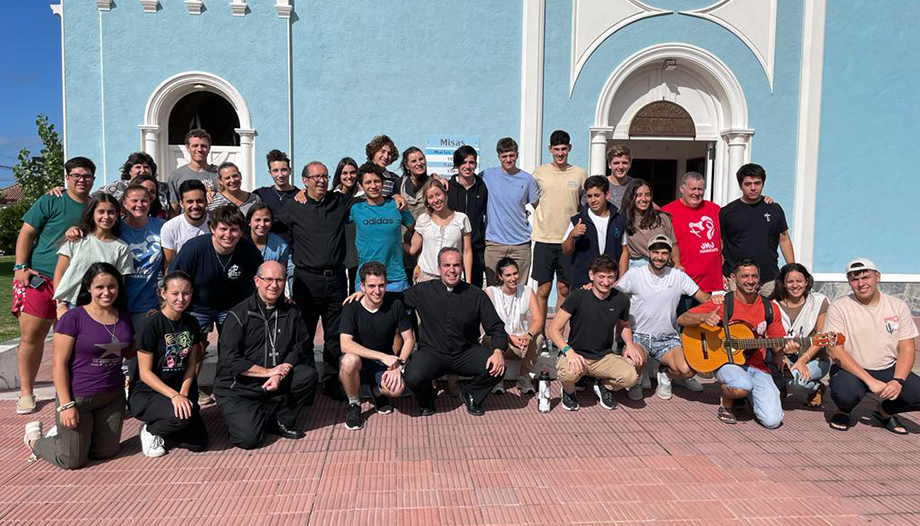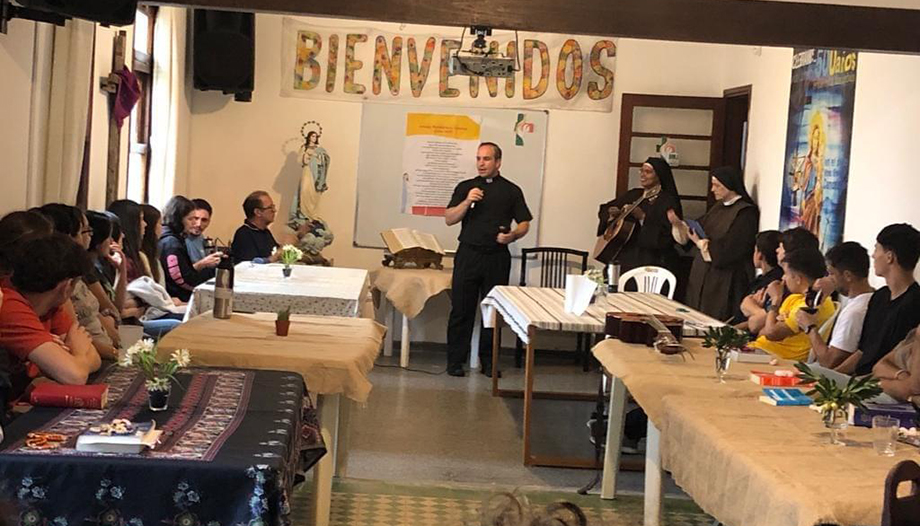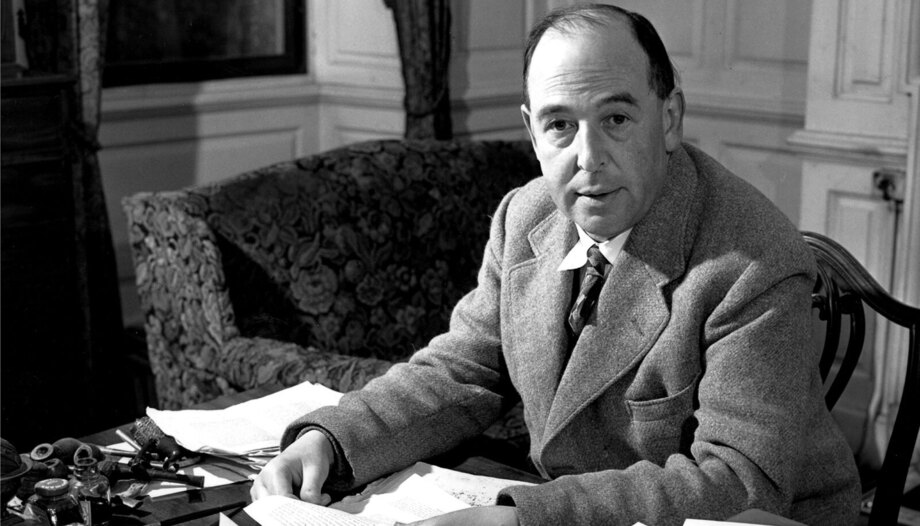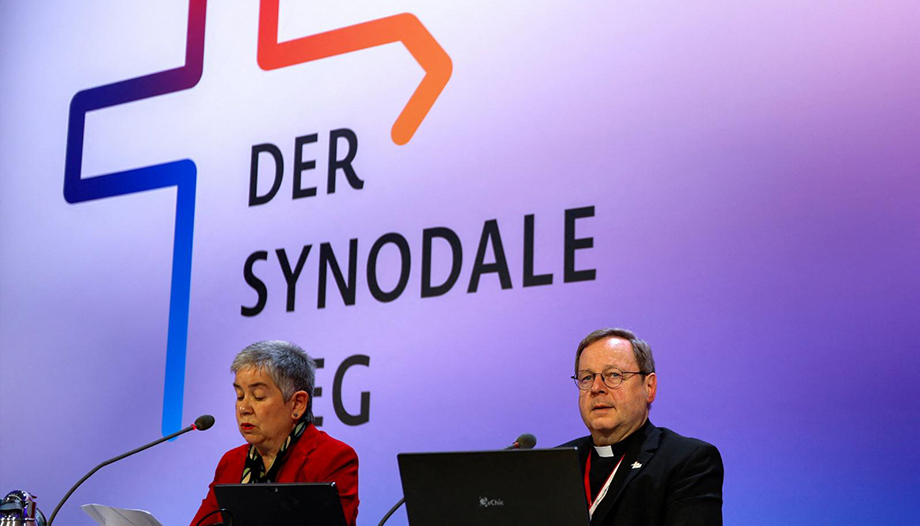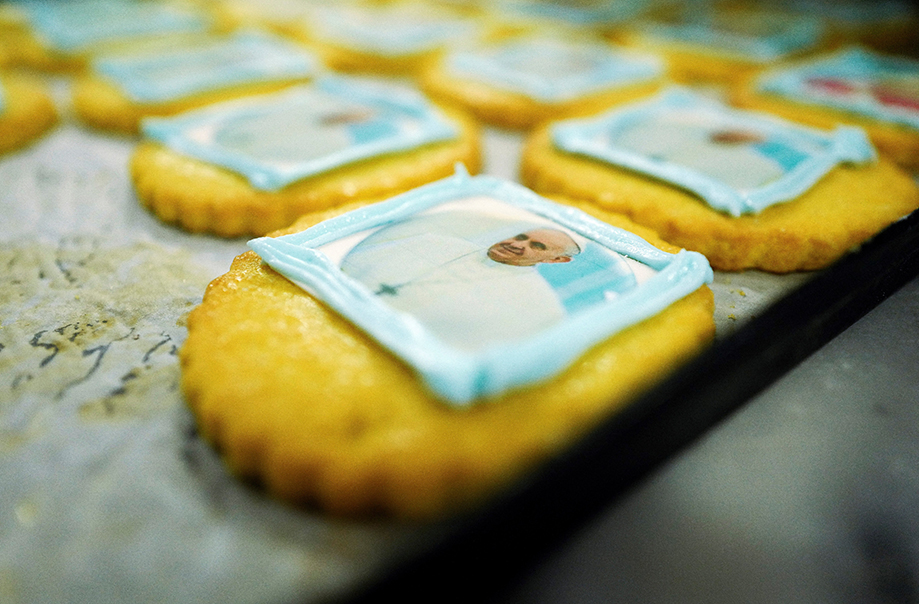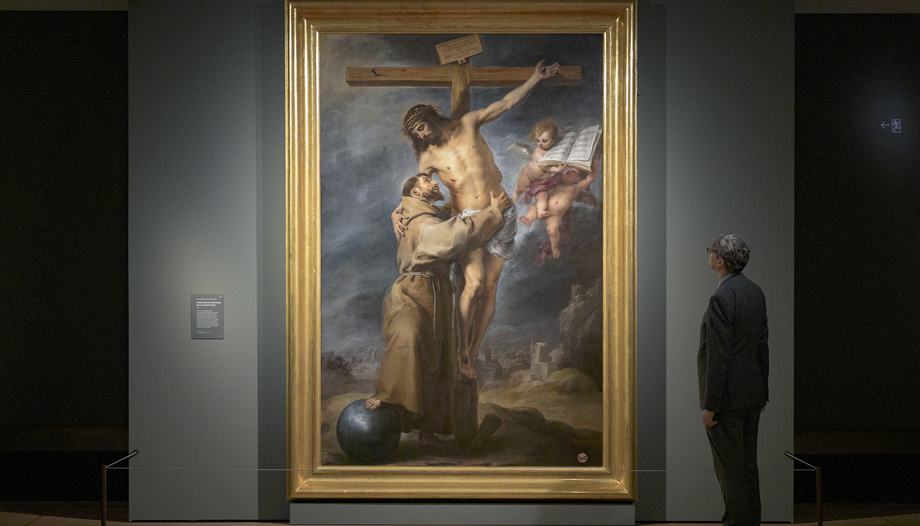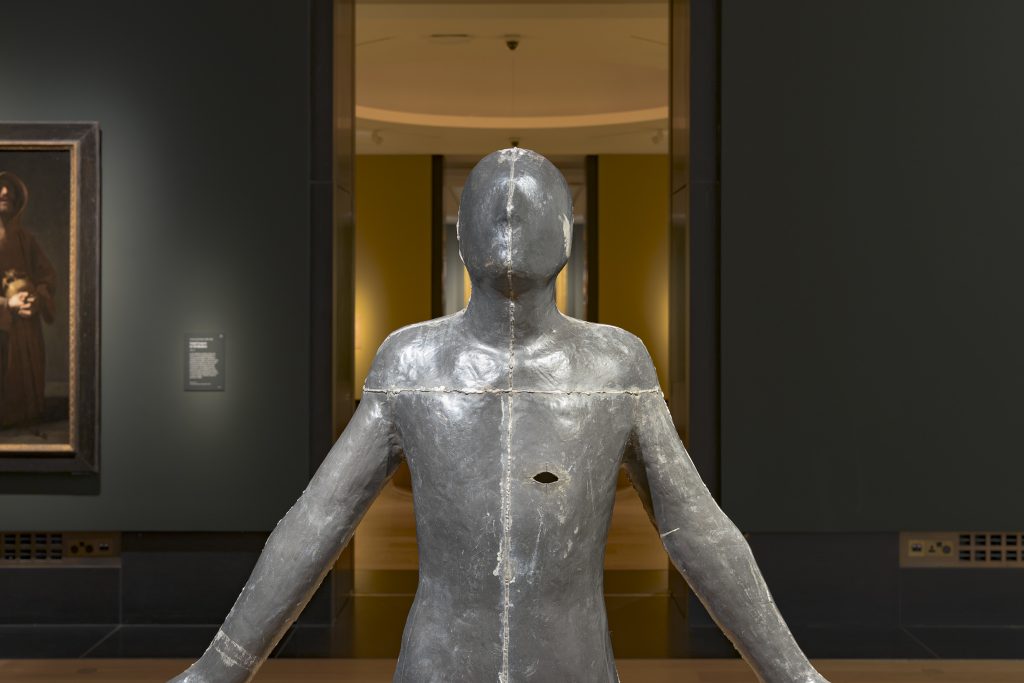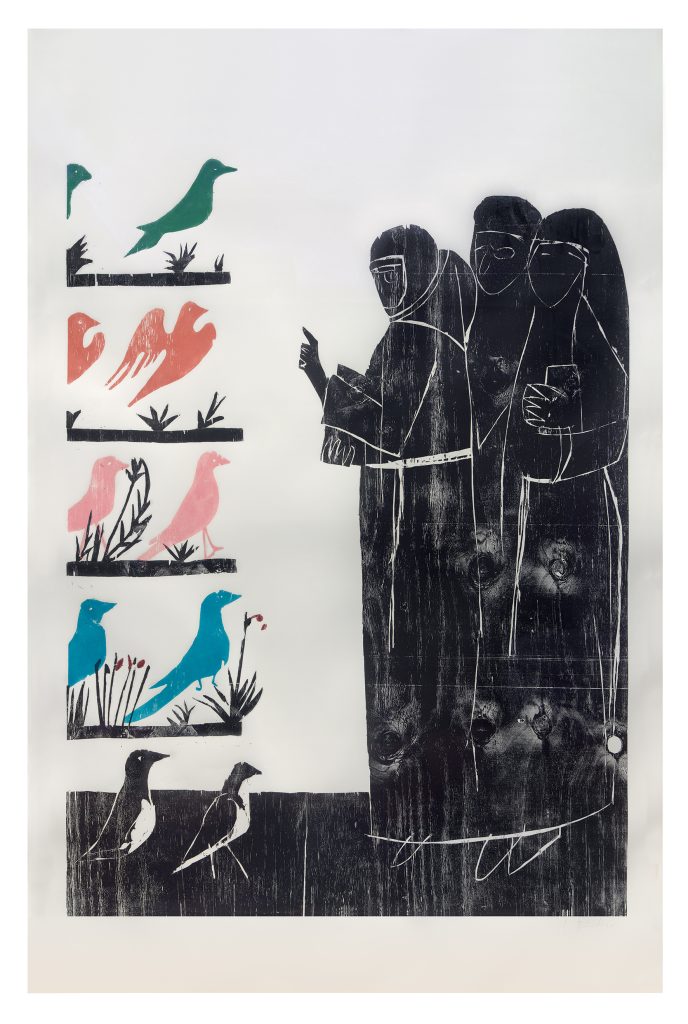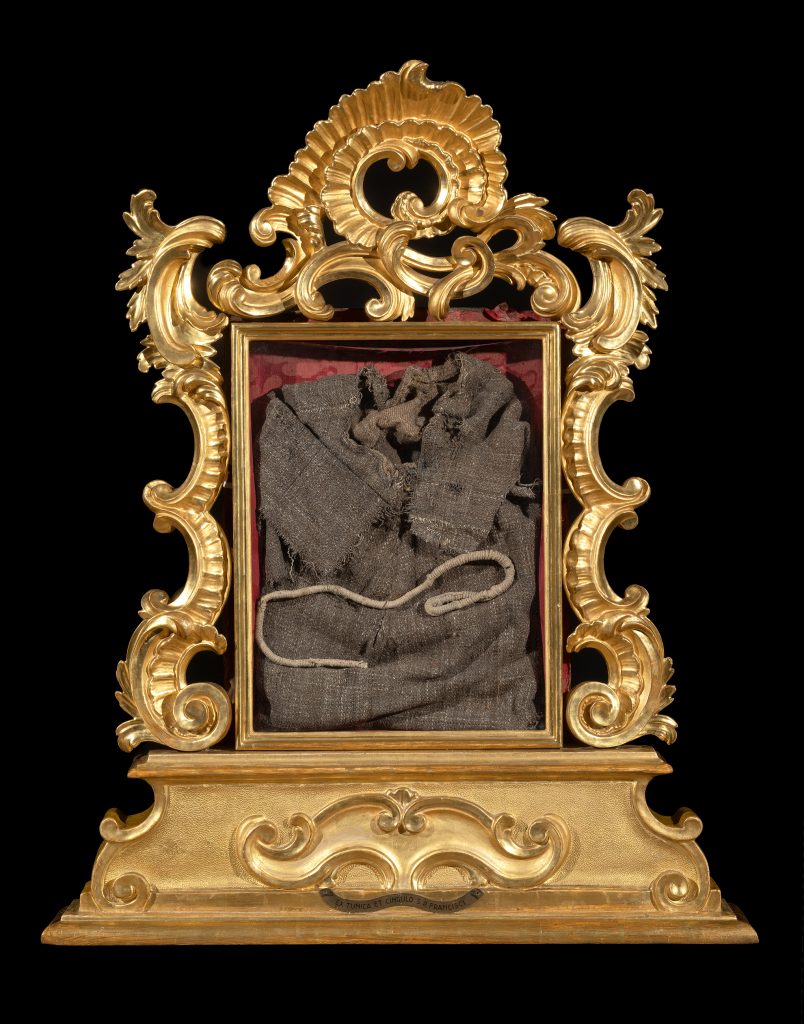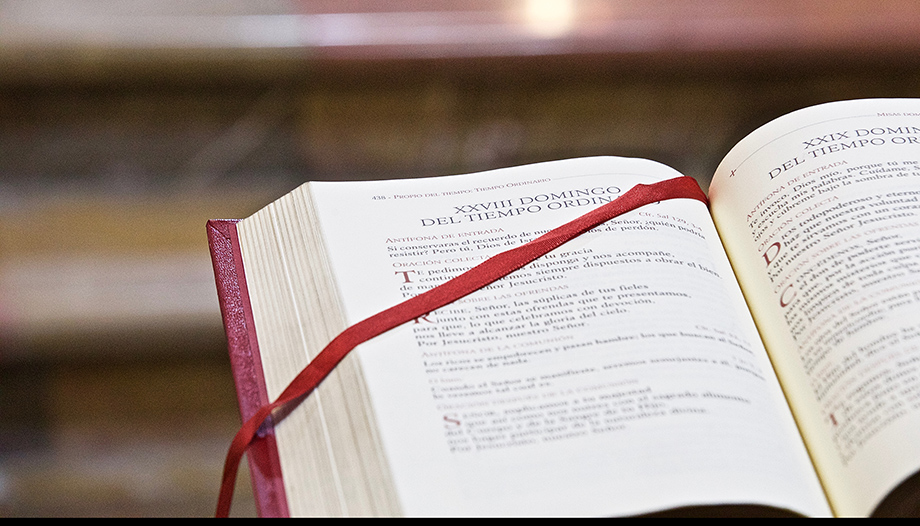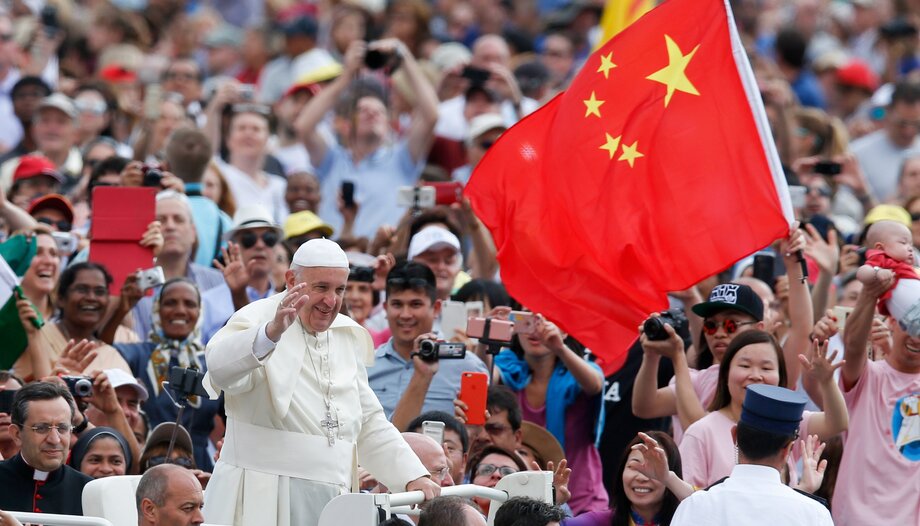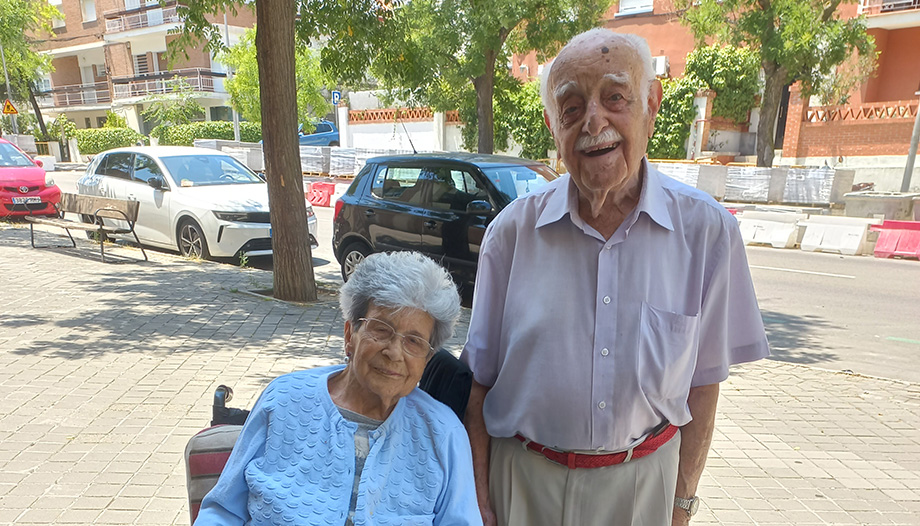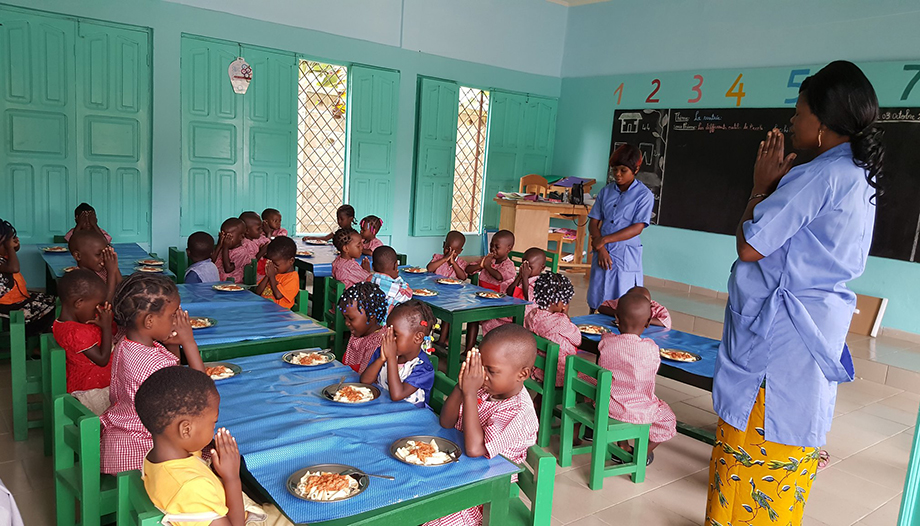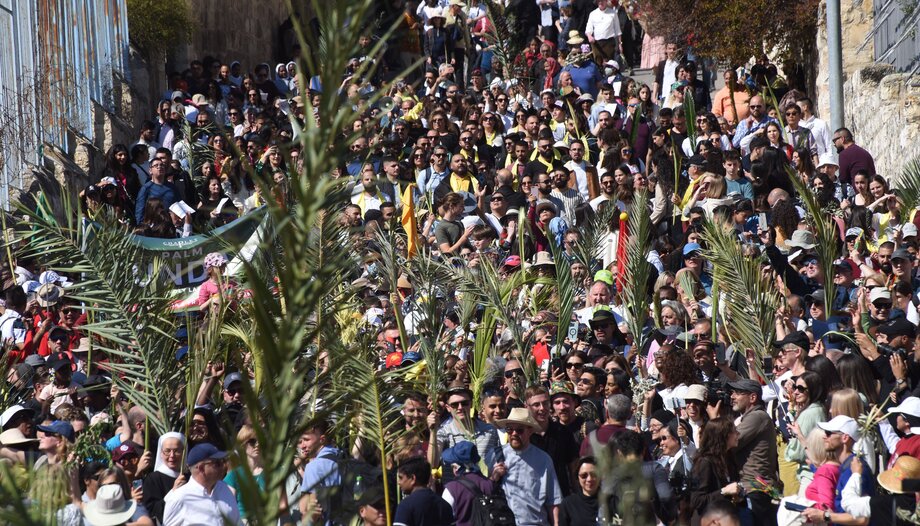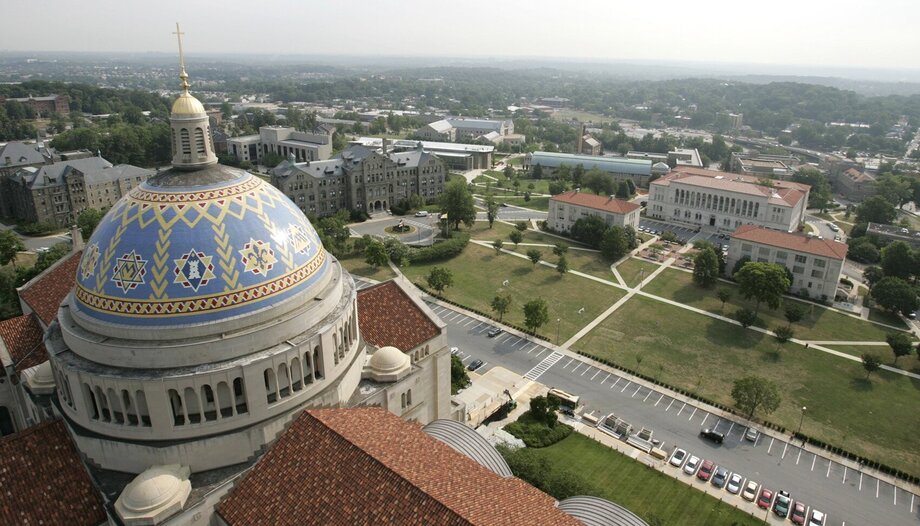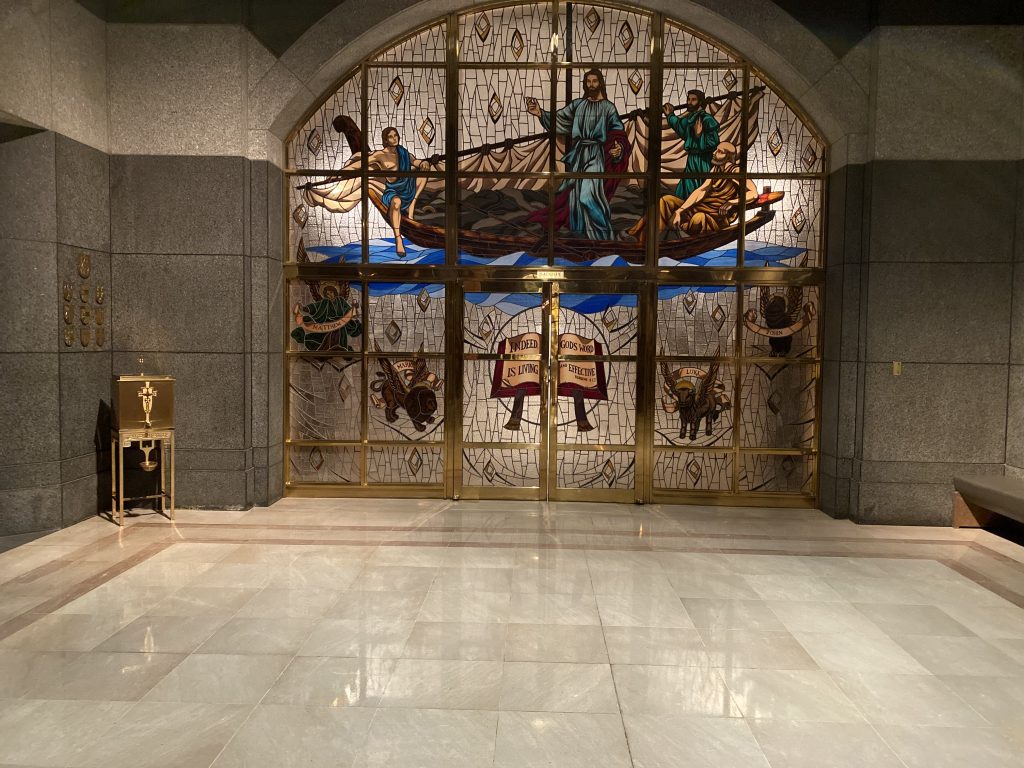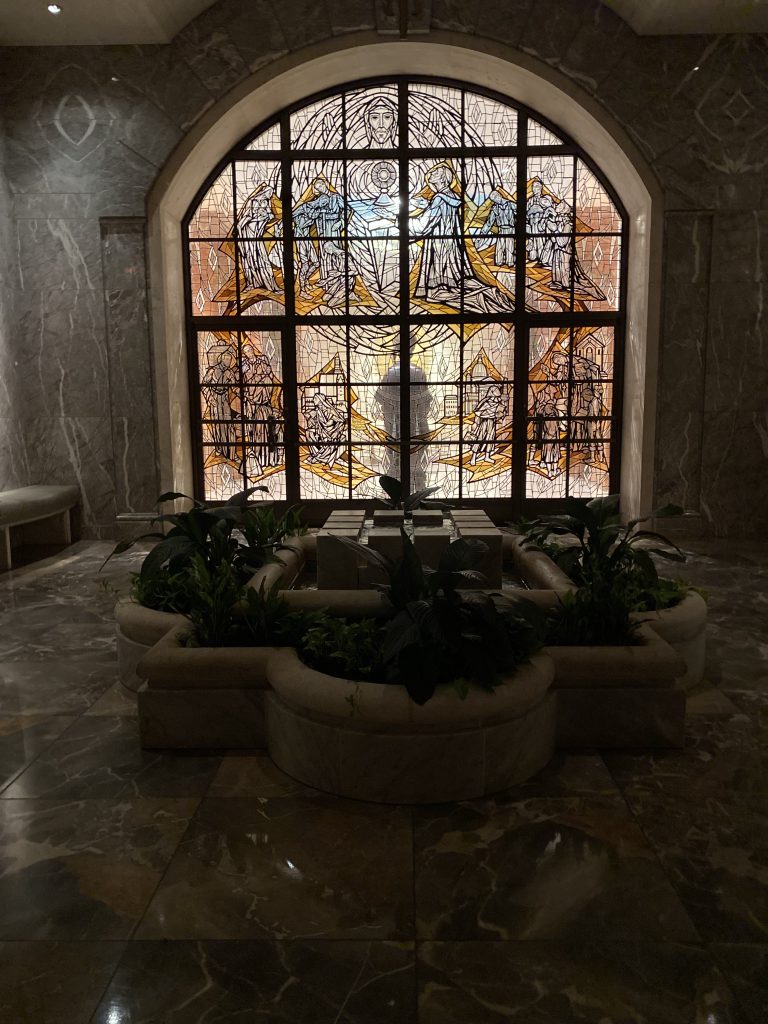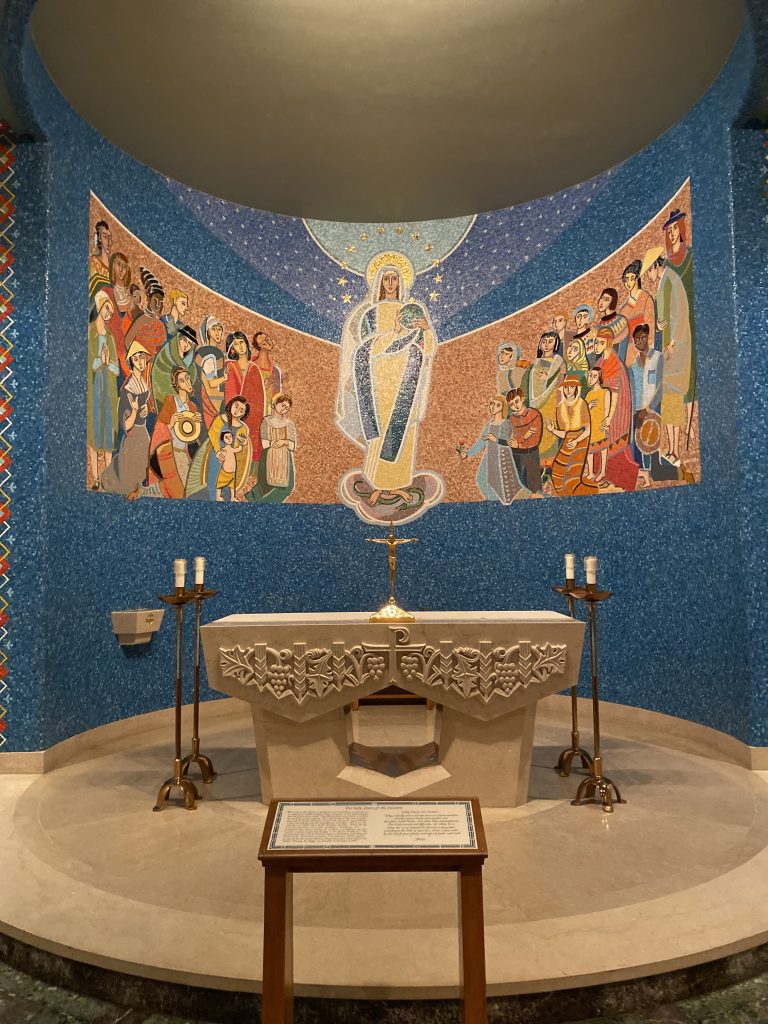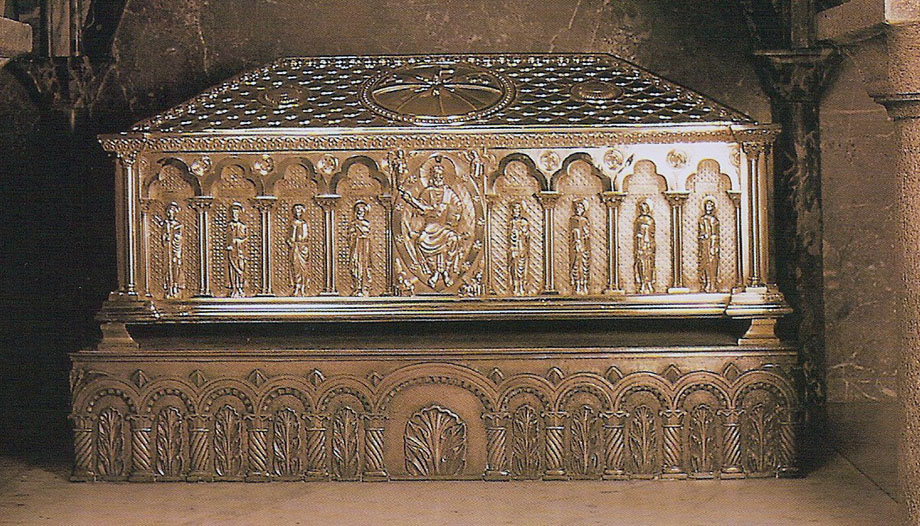July 25, Humanae vitaeThe most controversial encyclical in the history of the Church, Paul VI's encyclical on sexuality, love and human life, will be fifty-five years old.
On this occasion, the Jérôme Lejeune Chair of Bioethics convened in Rome, last May, a large group of scientists, philosophers, theologians and married couples for the International Congress "....Humanae vitaethe audacity of an encyclical on sexuality and procreation".
The meeting allowed to deepen the message of a text that does not expire and that today, with more strength, shows us again what is the key that leads to sexual liberation, to true progress and happiness.
The truth does not change
In July 1968 - eight years after the commercialization of the first hormonal contraceptive (Enovid®), two months after the Sexual Revolution of that month of May - Pope Paul VI, well aware of the historical moment he was living, examined the deepest yearnings for happiness and raised a "great work of truth" capable of reminding man of the what and why of his sexuality: he promulgated the Encyclical Humanae vitae and made a universal call to "education, progress and love" (HV 31).
Fifty-five years later, Cardinal Luis Francisco Ladaria Ferrer, then Prefect of the Congregation for the Doctrine of the Faith, opens the first day of this international congress and recognizes that the true audacity of Paul VI in the summer of 1968 does not lie in his resistance to pressure for the approval of hormonal contraceptives in sexual relations but in the anthropological character of his encyclical: an integral anthropology that unites body and soul, freedom and human nature; an anthropological window that invites his successor, John Paul IIto look out and contemplate the immense panorama of the individual and, from there, to write the Theology of the Body -The antipodes of the dominant dualistic anthropology, which sees in human nature a threat to freedom and considers that, by manipulating the body, it can change the conditions of truth of the conjugal act.
Cardinal Ladaria, in the words of the last two Popes, begins this Roman weekend's meeting by focusing on truth: "What was true yesterday continues to be true today. The truth expressed in Humanae vitae does not change; indeed, precisely in the light of new scientific discoveries, its doctrine becomes more current and prompts us to reflect on the intrinsic value it possesses" (Benedict XVI). "It is necessary to rediscover the message of the Encyclical Humanae vitae (...) in order to counteract a mentality that is often hostile to life" (Amoris laetitia, 222).
Where there is freedom there is progress, fulfillment and happiness.
Economist and professor Luis Zayasbegins by recalling that society of the late sixties, affluent and surrounded by political and social stability, as a society that desires happiness and progress and succumbs, with a resounding yes, to a promise of sexual liberation.
The professor, in his paper "Humanae vitae vs. contraception: where is progress for women and men?", answers with another question: What kind of freedom is the foundation of true progress and, therefore, of fulfillment and happiness? The answer is already given: the answer is "freedom"; but two freedoms vie for leadership: the freedom of human love (that of Humanae vitae) and the freedom of that promised sexual liberation.
It is necessary to follow the dissertation: the meaning of life, the type of man and the effects generated by one or the other freedom are, for Zayas, the new coordinates of progress.
In view of the facts (and data) of all these years, Zayas recognizes that the freedom of Humanae vitae is a yes to the truth of human love as the basis for man's true progress, as a way to reach the fullness of his vocation.
So, where is progress: in contraception or in conception, he continues to ask. The person is sexed and sexuality has a personal dimension, it configures the person: living sexuality badly deteriorates man and his possibility of reaching fullness is wounded. Sexuality is not a minor issue. If progress is in conception, we should set an end in order to be able to evaluate whether we are moving forward or backward, concludes Zayas.
The order of sexuality
Being parents, today, is not a social requirement. In married life, sexuality is the dominant value. Compared to the "fulfillment of the spouses", the arrival of a child is considered secondary - affirms Jean-Marie Le Méné, president of the Jérôme Lejeune Foundation in France. The supreme criterion for the development of the spouses, which needs to be constantly revitalized, is no longer in communion. What happens? In this case, society responds: the change of partners is obvious. Sixty percent of marriages separate.
Le Méné states that the total liberation of sexuality has given rise to many other abuses, which are denounced every day, to the point of generating an unprecedented hatred between men and women (...) even though they are the same ones who claimed to frolic freely together fifty-five years ago.
"The very grave duty to pass on human life."
Humanae vitae tradendae munus gravissimun: from this sentence, which opens the Encyclical Humanae vitaeWe only keep the first two, "human life", forgetting to mention the third word, "transmit" and, above all, taking care not to mention the last two, which appear as a disturbing superlative: "the very grave duty" - emphasized Professor Dr. Jean-Marie Le Mené in his speech.
Thus," insists the president of the organizing Foundation, "the Encyclical begins by recalling that human life is transmitted, that is, that we are not its authors. And that today, technology has made it possible that "the very grave duty of transmitting life" has taken a leap to the "very grave power of giving life", a power that has left the conjugal bed to pass into other hands. Jesuit Father Gustave Martelet reminds us of this vision: "The encyclical does not say, alone and above all: contraception is an evil; it says: conjugal love as the source of human existence is a sacred greatness that contraception, taken in itself, if one can say so, hinders or compromises (...) Contraception is, objectively speaking, an evil of love".
Contraception, a very profitable business
Not having children at all costs and having children at all costs are the two sides of the same coin, which are becoming more and more important every day. Indeed, at the dawn of the third millennium, it is clear to no one that, with the generalization of contraception and the outsourcing of procreation to third parties, the benchmark for sexuality is now held by technoscience and the market.
Contraception, for example, represents the pharmaceutical industry's largest turnover insofar as it keeps half of the world's population as captive clients: 970 million women use some form of contraceptive; between 200 and 300 million women use hormonal contraceptives, which is equivalent to 16.6 billion dollars. These are data provided by Dr. Pilar Vigil, gynecologist, Professor at the Catholic University of Chile, in her lecture at the congress.
The slippery slope
Contraception has only been the starting point of a "slippery slope": the downward slope of a mentality against human life, also in its corporeal dimension.
Contraceptive anthropology - Cardinal Ladaria argues - has not only affected the vision of love and sexuality, but has also affected the perception of the body itself: the body as an instrumental good and not as a personal reality. In this sense, the cultural, social and juridical identity of the person is no longer intrinsically linked to masculinity or femininity: his personal identity is now based on his orientation, with no connection to his own body and no relation to the body of the "other", to the opposite sex.
Also the gender ideology -which denies that a person's identity is related to his or her biological body - and the transhumanism -which seeks to reduce the person to his or her neuronal connections as the support of his or her uniqueness - are expressions of this anthropology.
Dr. Postigo, director of the Institute of Bioethics at the Francisco de Vitoria University in Madrid, insists that the deconstruction of human nature has continued its process and has led to a series of threats to life and human dignity that will cause numerous and serious harms to the most vulnerable and that will have to be studied from the perspective of bioethics in the coming decades. Some of these threats are already a reality, such as the three-parent or three-donor embryo; others are close, such as the artificial uterus or ectogenesis; some others are on the horizon, such as genetically improved human embryos, the embryo from somatic cells, asexual fertilization through cloning, the generation of embryos through synthetic biology... An unstoppable process with origins in the deconstruction of human nature and human sexuality.
The encyclical anticipated all these problems with a prophetic vision.
From contraception to abortion: the bottom of the slope
On the relationship between contraception and abortion, Dr. John Haas, professor emeritus of Moral Theology at Philadelphia Seminary, in his address, recalls the words of John Paul II in his Encyclical Evangelium vitaeDespite their differences in nature and moral gravity, contraception and abortion are closely related, like fruits of the same tree".
In a sense, Professor Haas continues, it is "natural" that Planned Parenthood has gone from being an advocate of contraception ("You can decide how many children you want. Planned Parenthood can help... with information on birth control and infertility services. Call 421-2290" was its ad in those years) to being the world's largest abortion provider. The child and fertility have come to be seen as evils, as diseases, to be avoided or eliminated.
I am not suggesting that there is a slippery slope from contraception to abortion," Haas specifies. I am arguing that when one can morally justify the commission of an intrinsically evil act, we are already at the bottom of the slope and virtually any act can be justified.
Love is learned in the family
Today there is a disenchantment with all the falsifications of love in our culture," Dr. Oana Gotia, Professor of Moral Theology at Michigan, told the colloquium on chastity, also prophesied in Humanae vitae (HV 17). In fact, rates of sexual activity have fallen to their lowest level in the last thirty years, according to data from the U.S. Pew Research Center. Experts point out that casual dating and early access to pornography are leading to more unsatisfying and poorer quality relationships, especially for women.
During the pandemic, two of the most searched words on Google have been "pornography" and "prayer". Both talk about finding relationships-because we are relational beings-but they certainly do so in very different ways. Many of our young people are so addicted to pornography, Dr. Gotia continues, that they are repulsed by it; however, they do not know the way out of this habit or the way to someone with whom to have a meaningful relationship, something they intuit and recognize inwardly as already written on their heart: a love that embraces not just "parts" but the whole person (HV 7). Continuous visual stimulation and explicit sexual imagery may lead young people to think that perhaps there is no mystery, nothing to know about sexuality that they don't already know. But is this true?
To answer, Professor Gotia asks another question: Can man attain this art of loving alone? And he continues: of course the answer is no. We can only acquire the look of love by seeing it live, by experiencing the reality that love is possible in our relationships. We can only acquire the look of love by seeing it live, by experiencing the reality that love is possible in our relationships. That is why the school of love is the family. And the first way in which parents educate their children in this art of loving is by loving themselves as spouses.
Fostering male/female otherness, education of the imagination, sensitivity and memory through great stories, tales and narratives; education of desire and modesty; education in gratitude for what has been given to us, in the gift of self... are some of the educational challenges that Dr. Oana Gotia adds to live in families as schools of love.
Sex education and its threats
In this sex education - a true "educational emergency", as Benedict XVI insisted - there are two threats - Professor Zayas pointed out in his intervention: firstly, the effort involved in living the true meaning of human sexuality as a way of life and, secondly, the ability to withstand the pressure of the world so as not to sweeten the message of Humanae vitae. This encyclical is a "yes to life". When we fall into the world's trap, we end up selling its message as "Catholic contraception". We need a conversion of intelligence: the Natural Recognition of Fertility is not a contraceptive decision, it is - for serious reasons - a non-conceptive decision.
Achievements, hopes and challenges
In number 24 of the Encyclical, Paul VI makes an appeal to men of science: "We now wish to encourage men of science (...) It is to be hoped in particular that (...) medical science will succeed in providing a sufficiently secure basis for a regulation of births, based on the observance of natural rhythms".
And their desire did not take long to bear fruit: up to the date of Humanae vitae, only the Ogino-Knaus or Calendar method, launched in 1956, is known; in 1972, the couple formed by doctors John and Evelyn Billings developed the Billings Ovulation Method, based on the observation of cervical mucus; in addition, the Creighton Model of fertility, the Basal Body Temperature Method, the Symptothermal Method, Naprotechnology, diagnostic kits, fertility monitors... have been developed.
Djerassi himself, inventor of the active ingredient of the first pill - Professor Pilar Vigil shares in her speech - never imagined that the number of women taking the pill would be so high. He himself, in his autobiography, quoting G.B. Shaw, wrote: "Science is always wrong: it never solves one problem without creating ten new ones". And towards the end of his life, in one of his last articles in the journal Science (1990), he set homework: "And why not use a hormonal test strip method for the detection and prediction of ovulation also as a routine teaching tool in secondary schools? Emphasis on fertility recognition, rather than birth control, may be the best strategy."
In August, Chilean Dr. Pilar Vigil takes advantage of the event to announce a first: the commercialization of a safe and accessible technology that will make it possible to identify, in just a few minutes, the state of a woman's cycle by means of strips.
Having accomplished many things, we are left with the hope," Dr. Postigo said at the end of her presentation, "that conscience and science, if properly used, can be oriented toward the good, to protect the future of the youngest and, in particular, that of the most vulnerable. This is undoubtedly a moral, intellectual and practical challenge that concerns us all. In what way? Professor Elena Postigo puts forward a threefold proposal: the formation of the very young, the recovery of the metaphysical dimension of the human being and his natural link with transcendence and, thirdly, the non-reduction of the person to an object, nor the reduction of relationships -including the conjugal relationship- to a mere material exchange.
The challenge of Humanae vitae is to escape from considering sexuality as something banal, purely biological, and to rediscover anew the value of love and of the person as a loving subject.
Humanae vitae - the words with which Prof. Dr. John Haas is closing this congress - is a courageous encyclical written in defense of the ineffable beauty and dignity of human life, in defense of the beauty and dignity of marriage and, frankly, in defense of our own humanity.
From this permanence, we can say that Humanae vitae is an encyclical that does not grow old, that is reborn with every human life, with every human life.
The authorMaría del Valle Rodríguez CastillaDegree in Pharmacy, PhD in Food Science and Technology, Master in Family Educational Counseling, Expert in Affective-sexual Education, in October Expert in Gender, sex and education.
 Pope announces that the next WYD will be in South Korea
Pope announces that the next WYD will be in South Korea "What changed my life at WYD was having an encounter with Christ."
"What changed my life at WYD was having an encounter with Christ."




